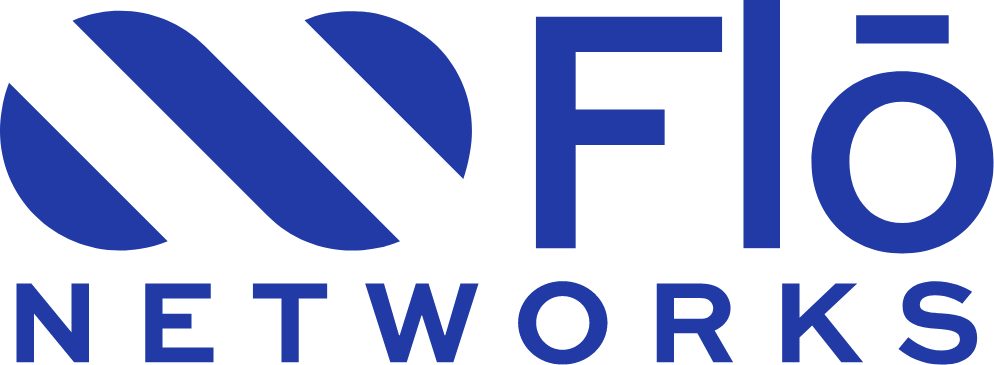Today, businesses rely on technology for their day-to-day operations and to increase efficiency. However, the connected digital environment that drives that efficiency has become a battleground. The constant interconnection between networks, devices, and cloud platforms has transformed the way organizations operate, but it has also opened new doors to cyberattacks.
Protecting critical infrastructure and sensitive data is now a key challenge. The key lies in combining advanced technology with the best security practices to secure every point of the network. In this article, we explore four essential approaches to protect enterprise connectivity: perimeter security, encryption, clean pipes, and secure connections to the cloud.
1. Perimeter Security: Defending Digital Borders
Perimeter security refers to defense measures that protect the boundaries of an enterprise network. As organizations expand into the cloud and work with external networks, the perimeter is no longer a physical concept. However, it remains crucial to protect all inbound and outbound connections, both on the local network and connections to the cloud.
Perimeter security solutions, such as advanced firewalls, intrusion detection and prevention systems (IDS/IPS), and network micro-segmentation, help identify and block threats before they reach the enterprise infrastructure. These tools also allow network traffic to be monitored in real time, detecting suspicious patterns that could indicate an attack.
Best practices in Perimeter Security:
- Implement next-generation firewalls (NGFWs) that provide granular control over network traffic.
- Apply segmentation and micro-segmentation policies, which prevent attackers from moving laterally within the network in case of a breach.
- Configure incident detection and response systems (SIEM) to analyze and correlate data for advanced threats.
2. Encryption: Securing Data in Transit and at Rest
In an environment where data constantly flows between devices, networks, and servers, encryption is essential. Encryption ensures that data cannot be read or manipulated by unauthorized third parties, both in transit and at rest.
Enterprises should adopt strong encryption protocols, such as TLS/SSL for web traffic, VPN with encryption for remote access, and disk encryption for databases and mobile devices. Encryption is critical to any enterprise communication system, both within the network and when connecting to external environments or the cloud.
Best encryption practices:
- Implement end-to-end encryption (E2EE) communications and sensitive data.
- Ensure that all network connections are protected by VPN with advanced encryption, especially for remote employees.
- Encrypt data in transit and at rest, using standards such as AES-256.
3. Clean Pipes: Filtering Malicious Traffic at its Source
Clean pipes solutions are a key technology in the fight against denial of service (DDoS) attacks and other threats from Internet traffic. These solutions work by filtering network traffic before it reaches the enterprise network, removing any malicious content, volumetric attacks, or unwanted traffic in real-time.
By using clean pipes, companies can ensure that only legitimate, non-malicious traffic reaches their servers. This is especially useful for mitigating massive attacks that aim to overload a network with large volumes of data.
Best clean pipes practices:
- Protection against DDoS attacks, ensuring continuous availability of services.
- Reduced load on internal systems, as only clean and legitimate traffic reaches the corporate network.
- Constant monitoring of traffic for abnormal behavior that might indicate attack attempts.
4. Secure Cloud Connect: Cloud Protection
The use of the cloud has transformed the way companies store and access computing resources. However, insecure connections to the cloud can be a major risk. This is where the concept of Secure Cloud Connect comes into play, ensuring that all connections to and from cloud environments are secure.
Secure Cloud Connect offers enterprises the ability to encrypt network connections dedicated to one or more cloud providers (Amazon Web Services, Google Cloud, Microsoft Azure, Oracle Cloud, etc.). These solutions not only protect connections but also improve network performance by avoiding public Internet traffic and prioritizing secure, private routes.
Best Secure Cloud Connect practices:
- Direct, private connections to cloud providers, reducing exposure to attacks on the public Internet.
- Improved performance by avoiding bottlenecks or delays that are common on public connections.
- Enhanced security by implementing authentication, access policies, and additional controls on cloud routes.
Conclusion
As enterprises continue to adopt new technologies and expand their networks globally, connectivity security cannot be an afterthought. The combination of perimeter security, encryption, clean pipes, and secure cloud connect forms a complete shield that protects organizations from the most advanced threats.
Implementing these approaches not only ensures that the network is protected but also enables enterprises to maintain robust, uninterrupted connectivity. Cybersecurity should not be seen as an obstacle to connectivity, but as a critical enabler that allows businesses to thrive in an increasingly complex and threatening digital environment.
Integrating these strategies has become a critical necessity for any business that wants to protect its assets, data, and operations in a hyper-connected world.
Contact us to learn how Flō Networks can help you achieve seamless connectivity and join the community of organizations in the United States, Mexico, and several Latin American countries that already link their operations with us.

